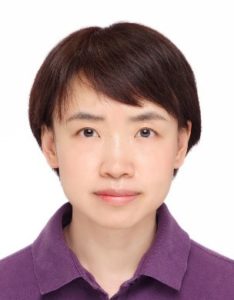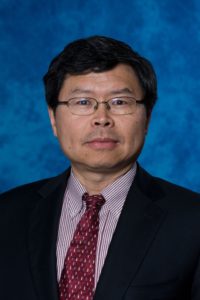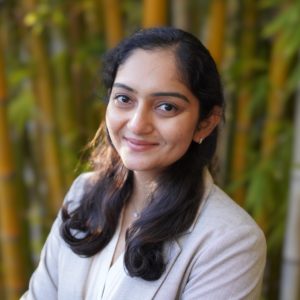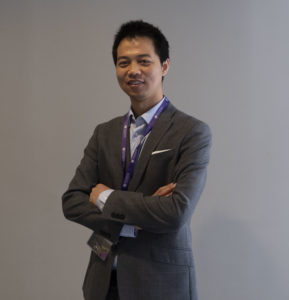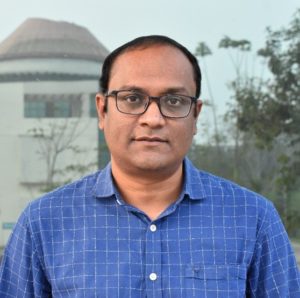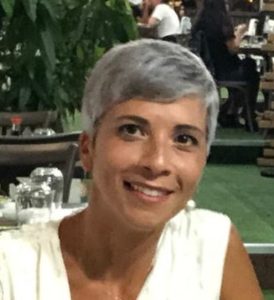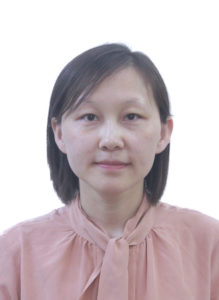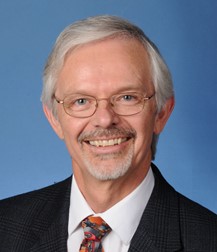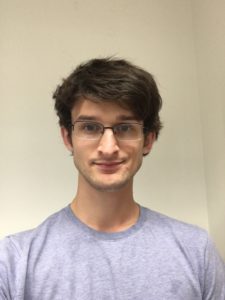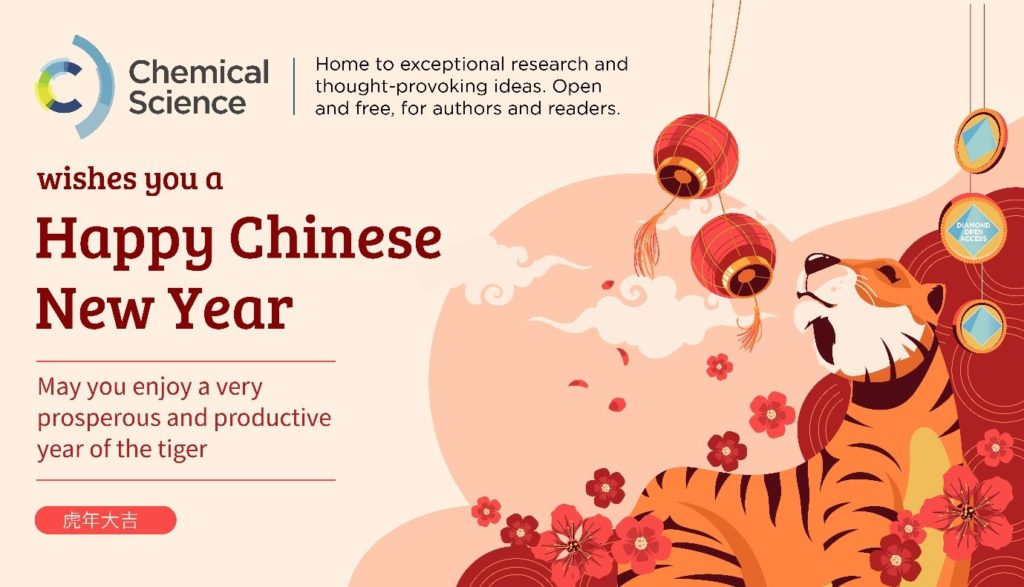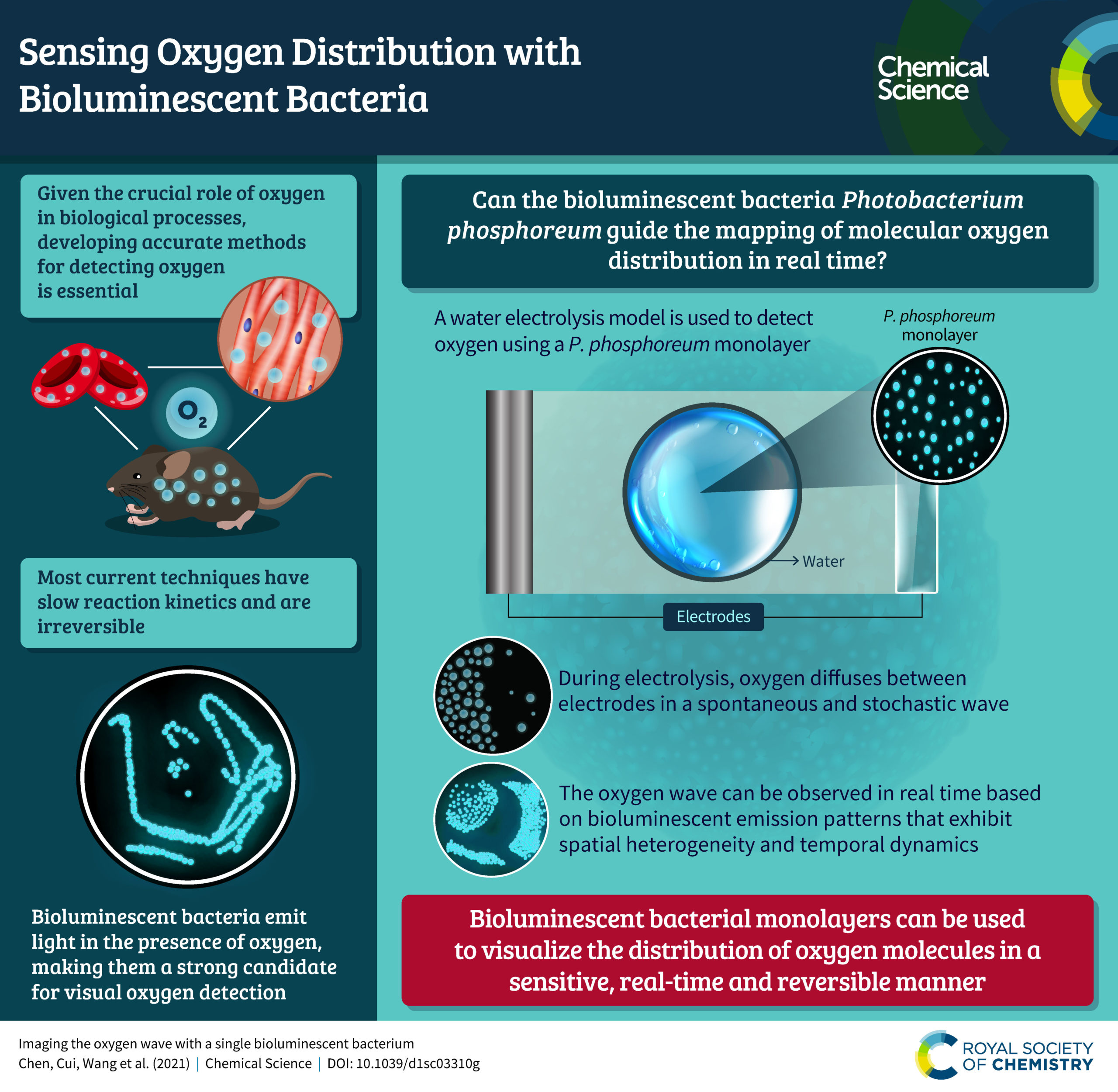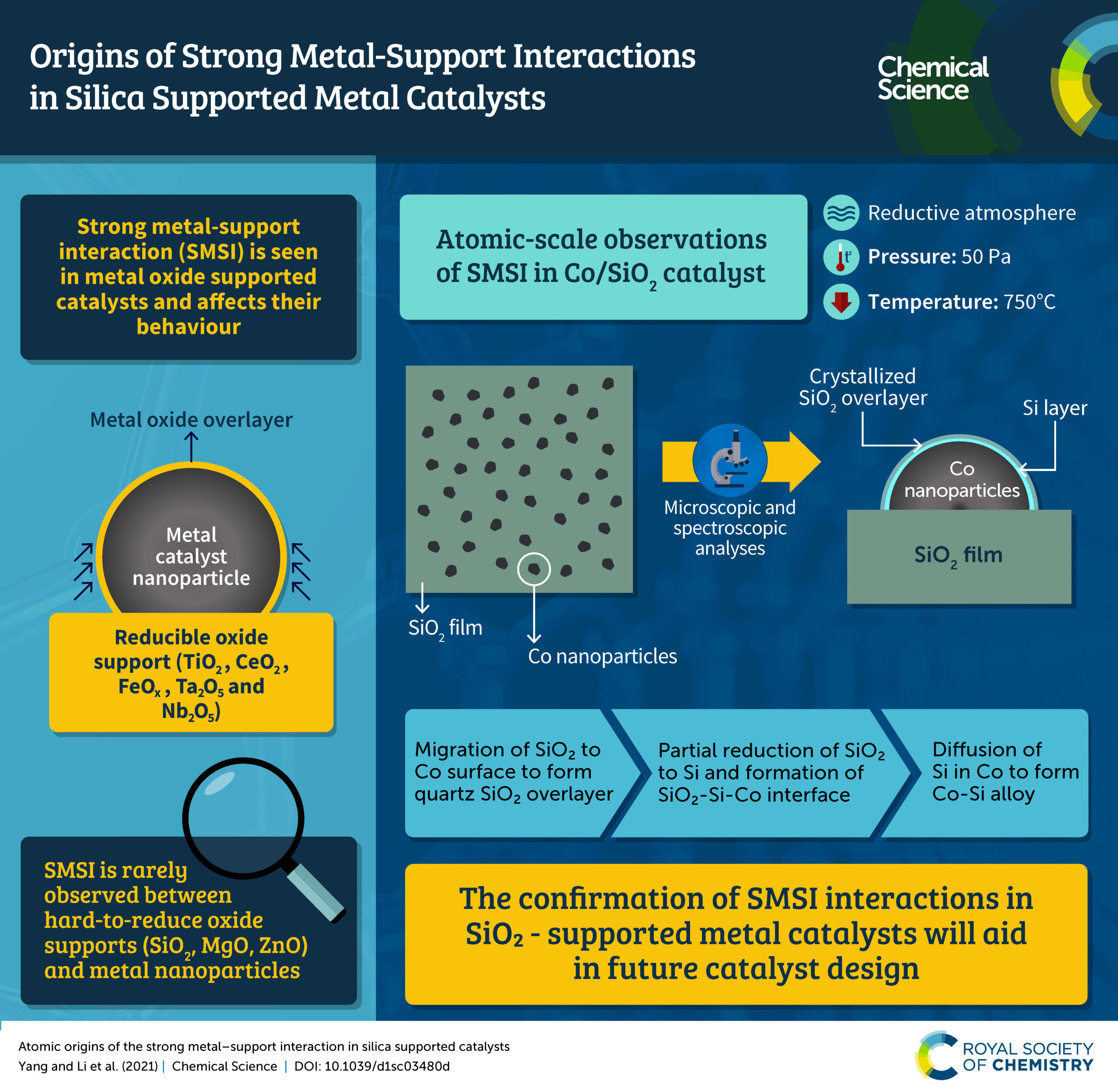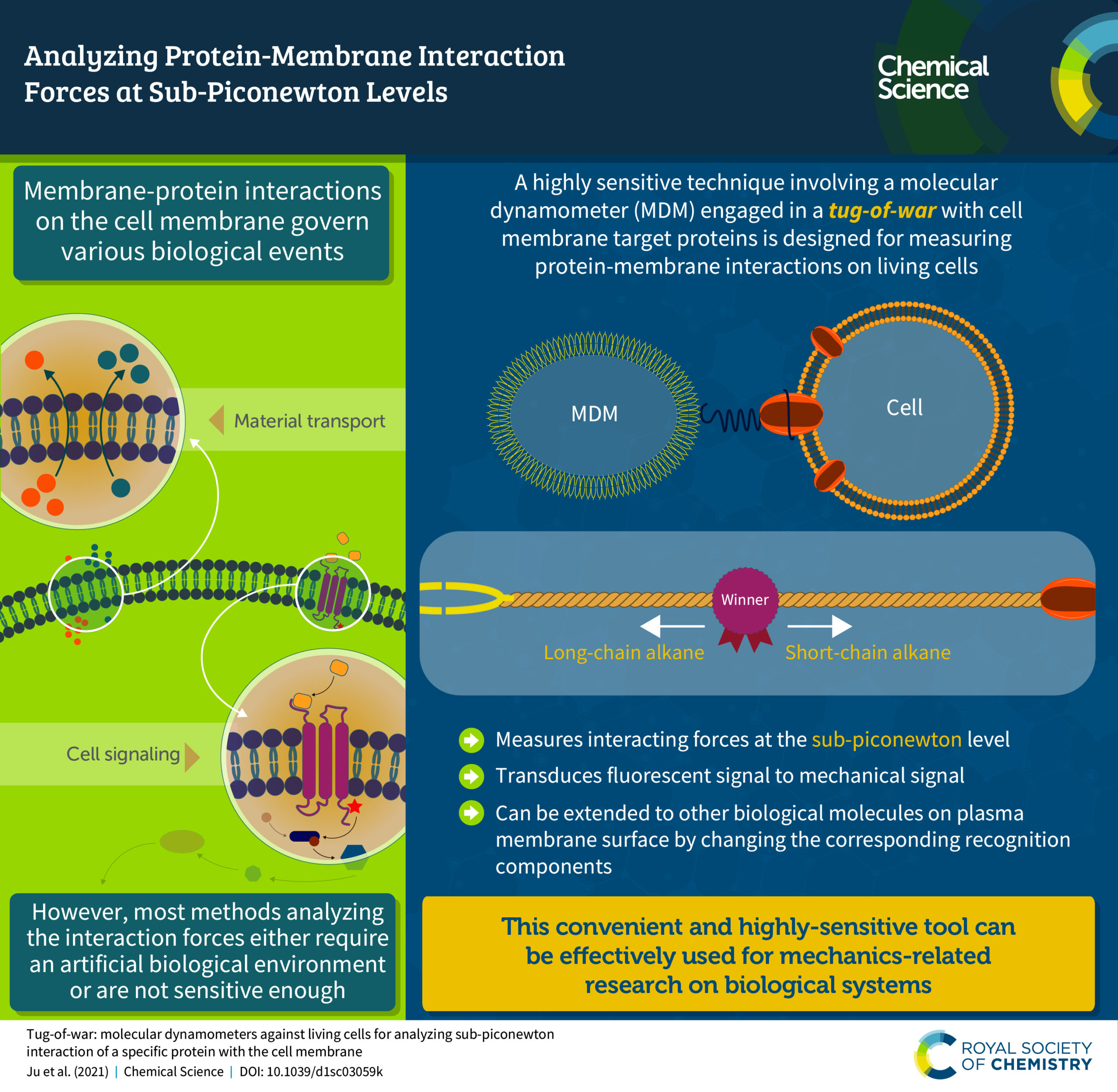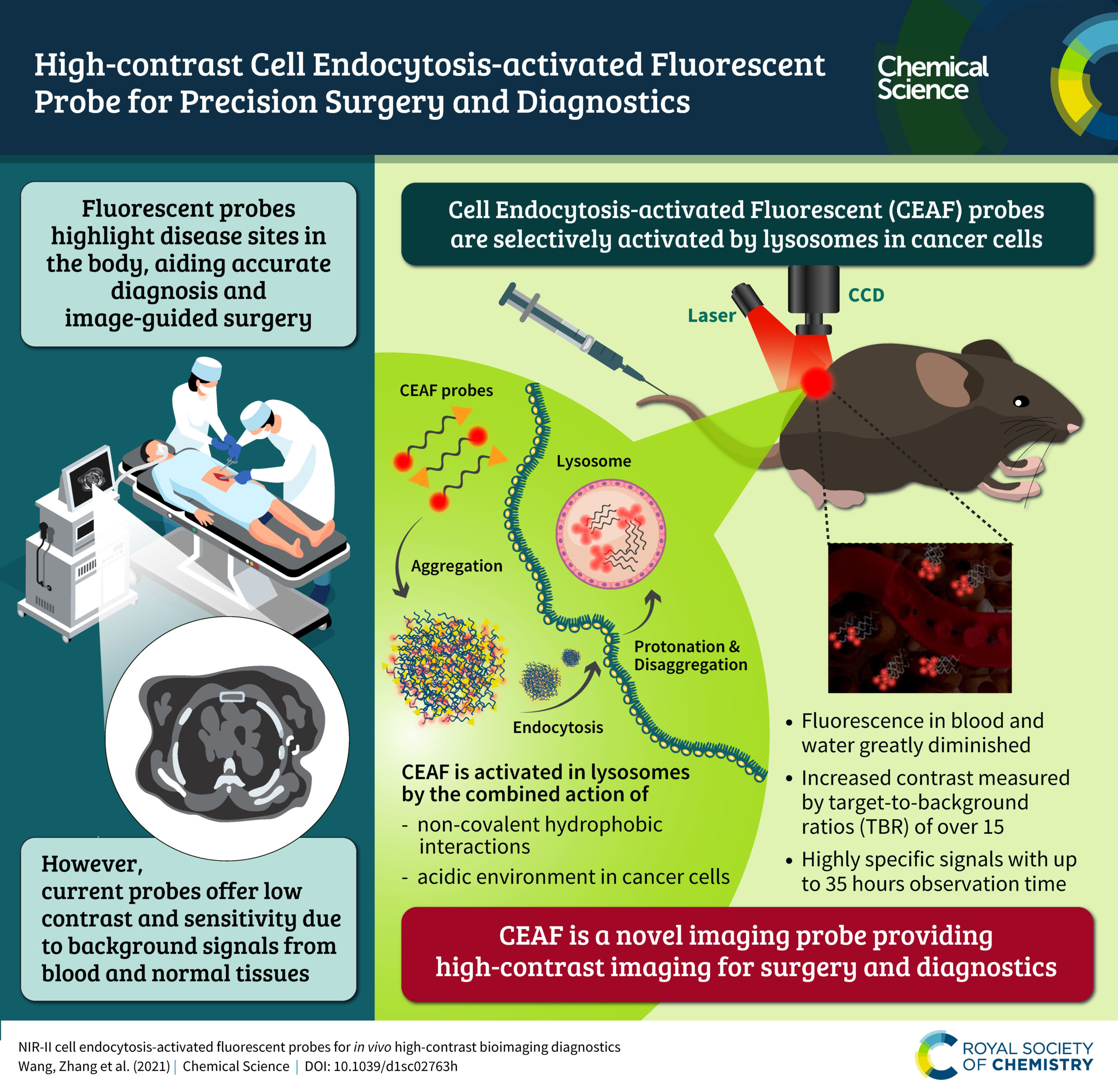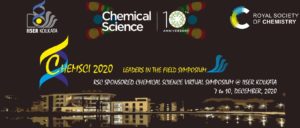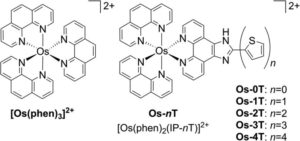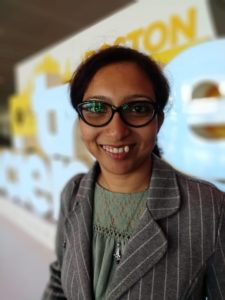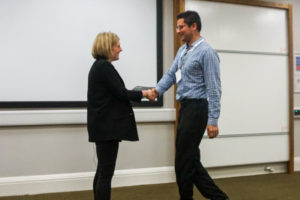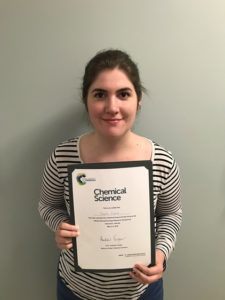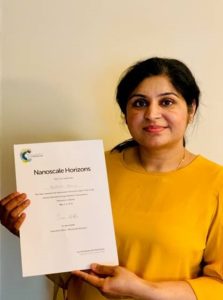To further thank and recognise the support from our excellent reviewer community, we are highlighting reviewers who have provided exceptional support to the journal over the past year.
This month, we’ll be highlighting Professor Kevin Huang and Professor Fei Li. We asked our reviewers a few questions about what they enjoy about reviewing, and their thoughts on how to provide a useful review.
Professor Fei Li, Xi’an Jiaotong University (China). My present research interests are development and applications of various electroanalytical methods and techniques in biomedical engineering studies, including single-cell electrochemical analysis and point-of-care testing electrochemical biosensors.
Professor Kevin Huang, University of South Carolina (USA). My research is on electrochemical materials and devices.
What encouraged you to review for Chemical Science?
Professor Fei Li: The reputation, quality and broad areas of Chemical Science.
Professor Kevin Huang: Desire to learn and judge new advancements in basic science.
What do you enjoy most about reviewing?
Professor Fei Li: The most up-to-date researches and the different ways that authors tell their stories.
Professor Kevin Huang: Learning new knowledge and getting to know the most recent developments.
Do you have any advice to our readers seeking publication in Chemical Science on what makes a good paper?
Professor Kevin Huang: Focusing on presenting your own understanding on fundamental aspects of new discoveries.
What are you looking for in a paper that you can recommend for acceptance in Chemical Science?
Professor Fei Li: The novelty and uniqueness, the systematic and solid experiments, as well as the contribution to the corresponding research areas and even the whole chemistry field.
Tune in next month to meet our next group of #ChemSciReviewers!
If you want to learn more about how we support our reviewers, check out our Reviewer Hub.
Interested in joining our ever-growing reviewer community? Apply here now!


